A Historian Makes a Fascinating Discovery That Challenges Everything We Knew About Early Humans (they looked nothing like we thought)
Many millennia ago, in the ancient forests of Ireland, early humans thrived in spite of competition from other predators like bears and wolves. In the present day, the area, known as the Burren, is a rocky landscape with virtually no trees in sight.
Still, traces of our ancestors have managed to endure the ravages of time, making way for a discovery that challenges our current knowledge of human prehistory.
The Burren: Heart of Stone
The Burren: Heart of Stone is a two-part documentary series that first premiered on the Irish TV network RTE in April 2021. Award-winning Irish actor Brendan Gleeson served as the narrator. It focuses on the titular area in present-day County Clare, which has a jagged landscape filled with caves and ancient stone structures.
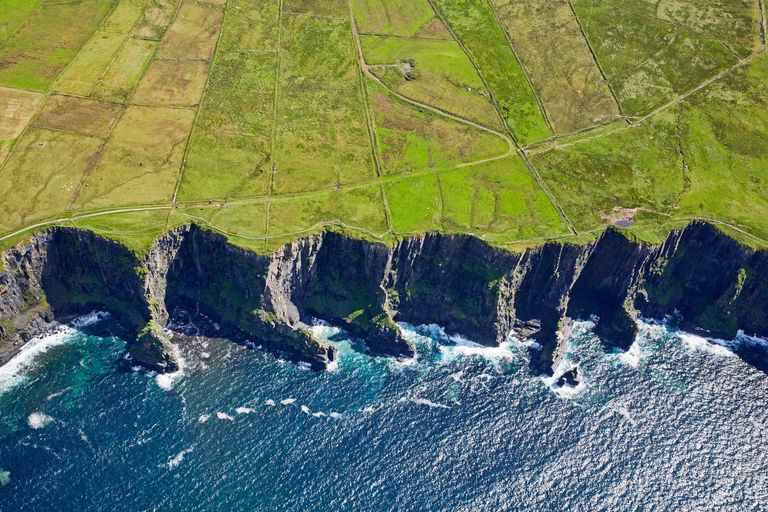
Source: Allan Baxter/Getty Images
In the documentary, shocking claims were made by experts regarding the early inhabitants of this area of Western Ireland. Their discovery made people question their current knowledge of early humans.
The First Inhabitants
Before the premiere of the documentary, it was widely believed that the earliest denizens first settled in the Burren around 12,500 years ago. Many people believed so due to the many landmarks dotting the landscape of County Clare and the entire country.
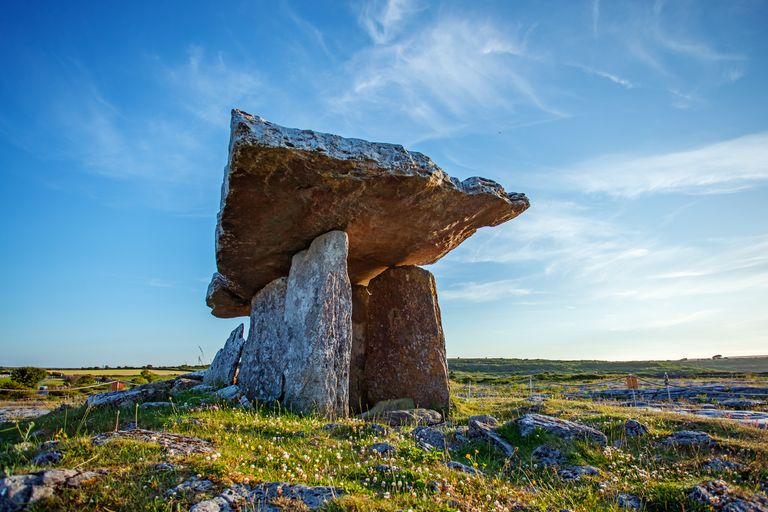
Source: Peter Zelei Images/Getty Images
Such structures include County Clare’s dolmens, which are stone tombs dating back to the Neolithic. Recently, evidence of earlier habitation has been uncovered by researchers. However, this surprising discovery was simply the first of many.
The First Agricultural Revolution
Were farmers the first to settle in Ireland, around the time of the Neolithic Revolution–erecting walls and stone structures around the Burren? Alternatively, could they be the successors of a much earlier group of humans who arrived there? If so, how are they different from our initial perceptions of early humans?
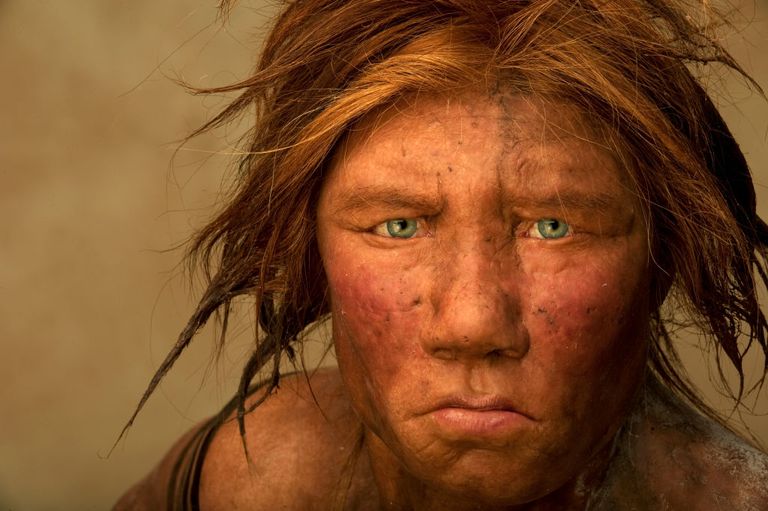
Source: Joe McNally/Getty Images
These were among the many questions that were raised following the airing of the documentary. After all, it’s not easy having your perceptions shaken, especially after it has stuck with you for most of your life.
About The Burren
The Burren is a rugged landscape located in County Clare in Western Ireland. The area spans around 530 square kilometers (200 square miles). The villages of Lisdoonvarna, Gort, Corofin, and Kinvara encircle this particular area.
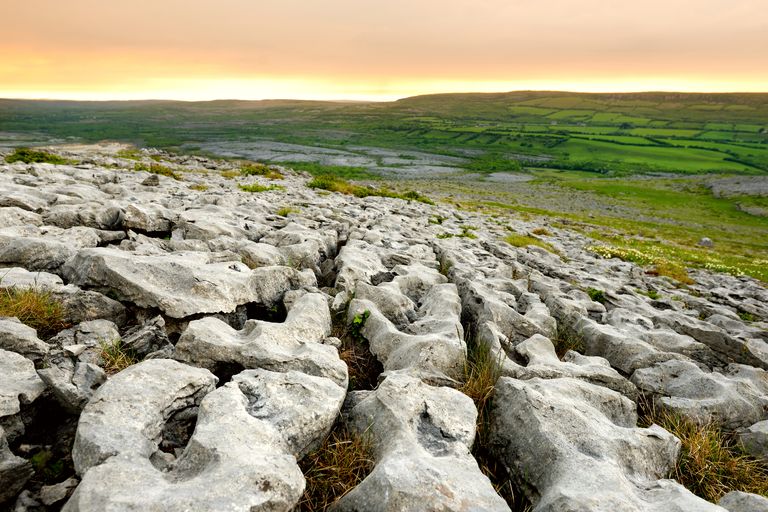
Source: MNStudio/Getty Images
It is a stark contrast to the common depiction of Ireland being a lush and verdant place. Some people even compared the Burren to the moon’s landscape due to both having rocky terrain. Still, the place retains its charm despite the lack of greenery.
Primordial Woodlands
Before the Burren became the rough landscape it is today, the place was completely different from when the early humans first arrived. Then, it was a primeval forest filled to the brim with ancient trees and thick undergrowth, making it the ideal habitat for many different plant and animal species.
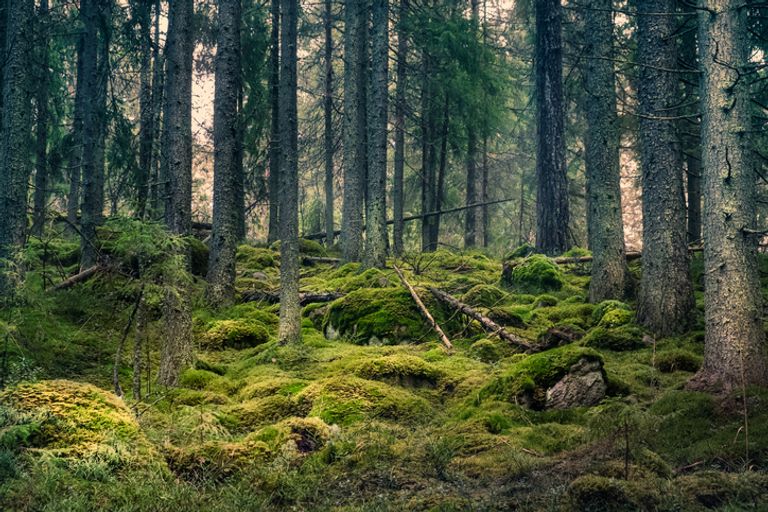
Source: Riekkinen/Getty Images
Because of the high biodiversity, it provided plenty of resources such as meat, hides, and berries for the early hunters and gatherers. Thus, this group of early humans managed to settle there and make a life for themselves.
The Evolution of County Clare
Sometime after, this community of hunters and gatherers paved the way for an agricultural society, and many buildings were constructed throughout the Burren. While their farming methods eventually transformed the forest into the present landscape, their stone structures remain standing.
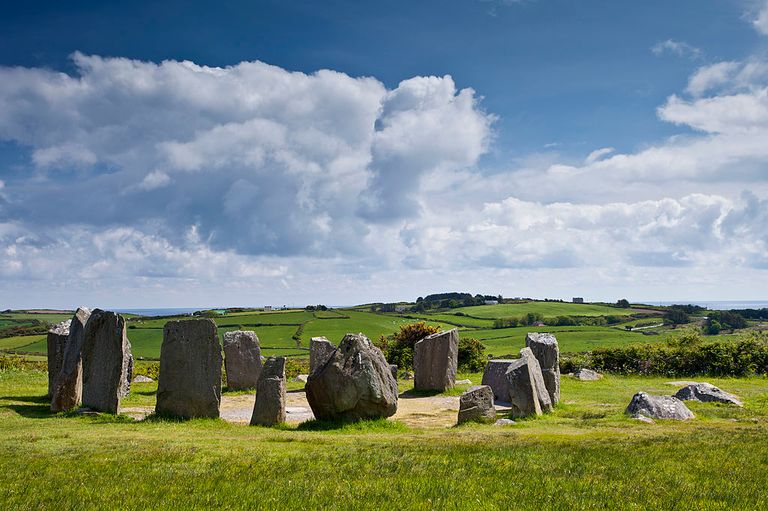
Source: Tim Graham/Getty Images
In the present day, these ancient megaliths have made County Clare a tourist destination, attracting a large number of tourists from within and outside the country. In particular, the Burren has become a place for food tourism and ecotourism.
Ancient Structures
It is currently estimated that there are around 70 structures from the Neolithic that dot the Burren, with more than half of them found in County Clare. There are four types of these megalithic structures: portal tombs and dolmens, wedge tombs, court cairns, and passage tombs.
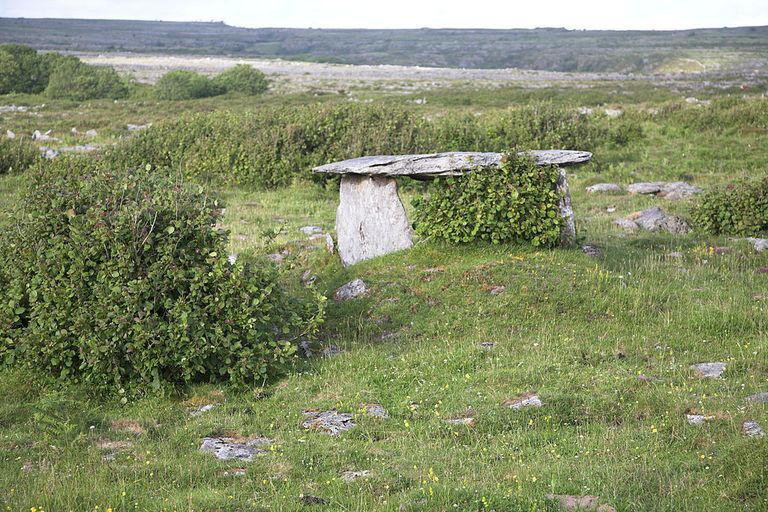
Source: Geography Photos/Universal Images Group via Getty Images
Dolmens are small tombs made from two vertical slabs with a horizontal one on top, while Wedge tombs are smaller versions of them. Court cairns are designed to house multiple burial chambers, while passage tombs are partially buried.
Great Clare Find
In 1854, while working on the West Clare Railway, workers in Newmarket-on-Fergus uncovered vast caches of gold dating back to the Bronze Age inside the tombs and mounds constructed by the early people.
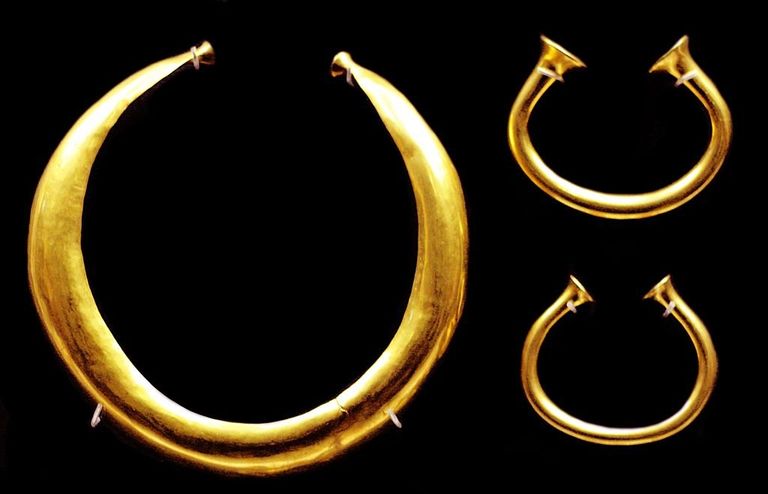
Source: World History Archive/UIG via Getty images
Known as the Mooghaun North Hoard or the Great Clare Find, it was considered one of the biggest gold hoards north of the European Alps. Unfortunately, most of the gold was melted down and sold, with ownership of the remainder currently split between the National Museum of Ireland and the British Museum.
An Irresistible Archaeological Destination
Due to the rich history behind the Burren, archaeologists and amateur historians from all over have been flocking to the region over the years, wanting to learn more about it. However, some visitors also visit the place to try and seek out any hidden treasure. Regardless, the Burren is highly valued by both the locals and the outsiders.
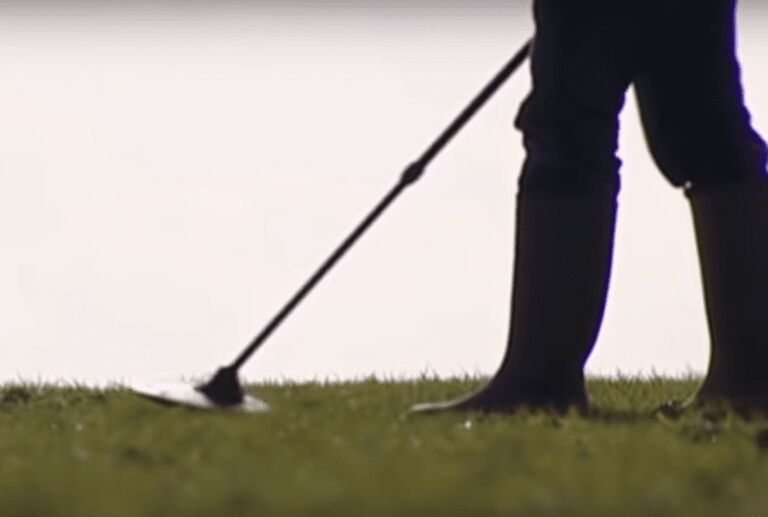
Source: marionblockley/YouTube
In The Burren: Heart of Stone, filmmaker Katrina Costello talked with the various people who wish to deepen their knowledge about the titular region’s history.
An Enigmatic Wonder
Despite being studied extensively by experts and amateurs, much of the Burren remains a mystery. According to the website Independent.ie, Costello said, “The Burren landscape is a place shrouded in mystery, but in every rock and every stony field, there is a story waiting to be told.”
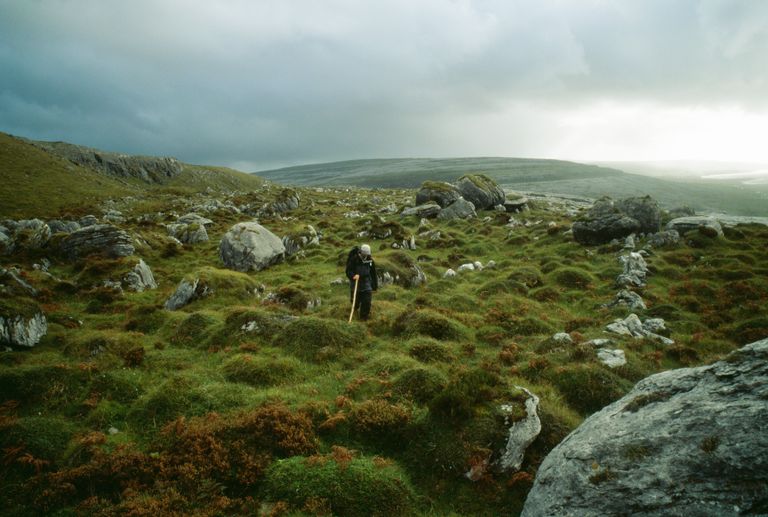
Source: PACIFICA/Getty Images
“At first sight, it’s a vast, wild empty landscape of bare rock, but local experts bring us through the Burren to reveal its secrets,” she added.
Documentary Points
“It is one of the most diverse landscapes on earth, teeming with rarities from nature, a criss-cross of stone walls, and an abundance of ancient monuments,” Costello further added. Reports say that part 1 of the documentary, titled “Symphony of Life,” focuses on ecological and geological features that can only be found at the Burren.
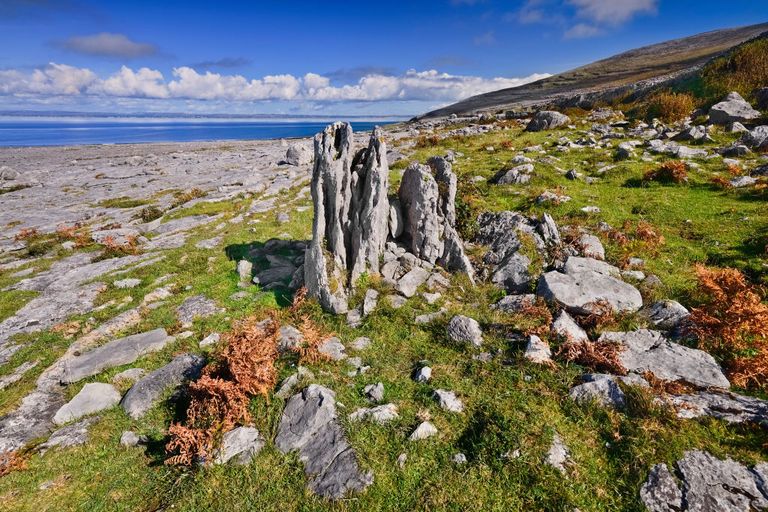
Source: Hugh Rooney/Eye Ubiquitous/Universal Images Group via Getty Images
While learning about the features of the region is an interesting bit, it’s actually the second part of the documentary that focuses on the discoveries that shake the scientific world.
Song of our Ancestors
Costello spoke with various experts in the second half of the documentary, titled “Song of our Ancestors.” The discussion was about the pioneering denizens of the once-lush Burren and what their lives were once they settled down within the region.
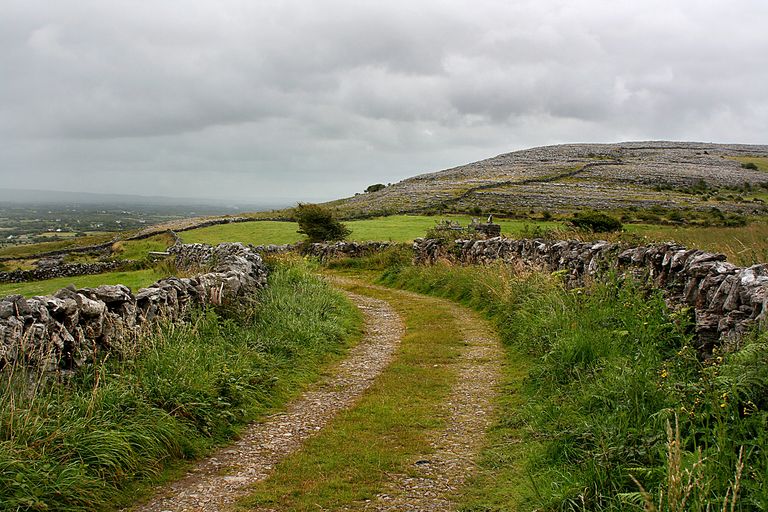
Source: Eoin Gardiner/Flickr|CC BY 2.0
Our current knowledge of the region’s history has been, for the most part, changed by the discoveries made. Said discovery also has interesting implications for the evolution of human life on the British Isles and possibly Northwestern Europe as well.
Skeletal Evidence
Immediately after the premiere, experts began to see that there were still a lot of things to be discovered about the early inhabitants of Ireland.
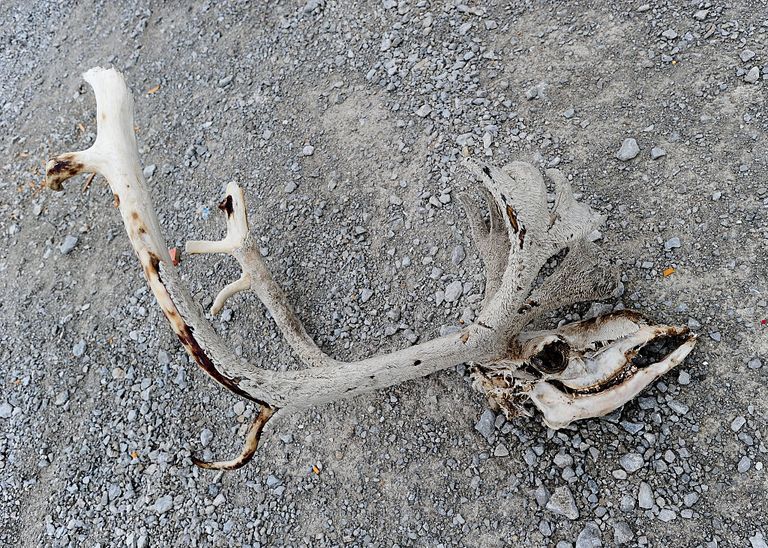
Source: Richard Lautens/Toronto Star via Getty Images
According to the documentary, the skeletal remains of reindeer found in the region date as far back as 33,000 years ago. However, upon closer inspection, it was, in fact, shown that these creatures were butchered by humans. All of this means that the early humans were already living there 20,000 years before their supposed arrival.
Shifting Cultivation
Some people wondered what these early humans were like during that time. According to the reports, shifting cultivation was being practiced by these prehistoric denizens when they first resided in the Burren’s coastal areas.
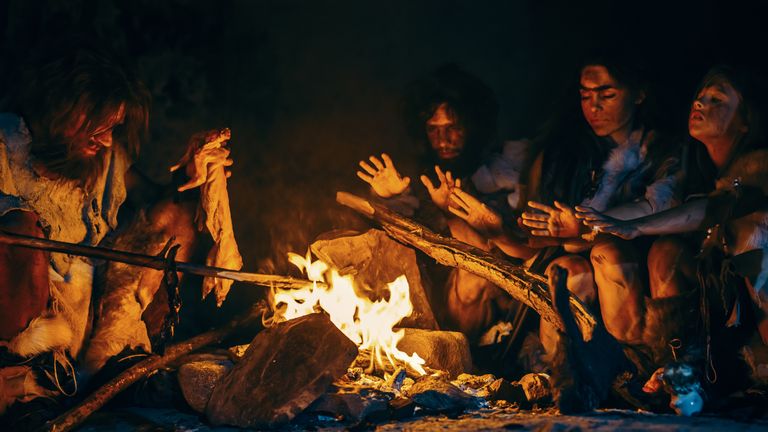
Source: gorodenkoff/Getty Images
Basically, these folks would stay in one place and use up all the soil’s nutrients for their crops while living in temporary wooden shelters. Then, once the soil had run out of nutrients, they simply relocated to another area. This kind of lifestyle may have transformed the Burren from a lush forest into the rocky landscape we know today.
Living Off the Land
Before the agricultural revolution, the early people of the region sustained themselves through fishing and hunting. While they primarily resided on the coast, they would occasionally venture inland to gather nuts and berries in order to complete a balanced diet.

Source: gorodenkoff/Getty Images
For a couple of millennia, Western Ireland was the domain of these people. Eventually, though, another group of humans would arrive and forever change the lives of those who came before them. This new group would soon transform the region in a drastic way.
The Introduction of Farming
By around 6000 BC, the early society of the Burren changed dramatically with the arrival of newcomers originating from modern-day Turkey. These new arrivals brought with them agriculture to the country, which is now the earliest evidence of farming–located right in the Burren.
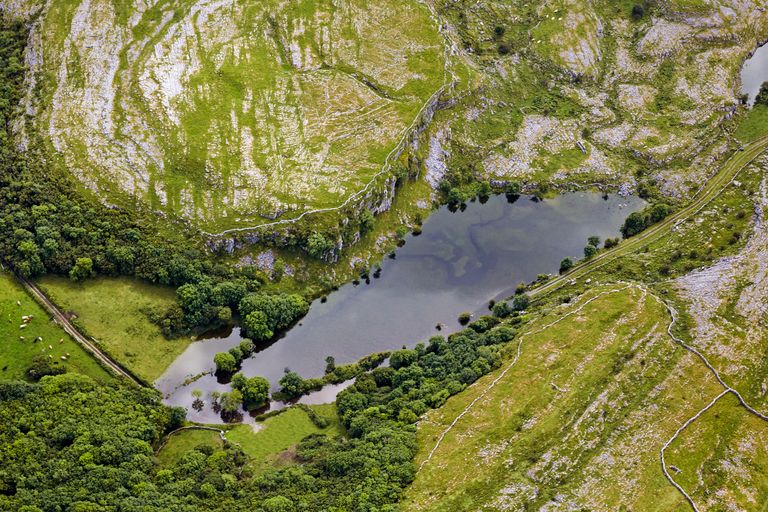
Source: Allan Baxter/Getty Images
As stated previously, these newcomers utilized shifting cultivation, where they stayed in one place until the soil became infertile. This marked the transition from separate hunter-gatherer communities to an agricultural society.
Side by Side
Contrary to what was generally believed, evidence indicates that the encounters between the two groups may not always have been violent. If anything, the farmers and the hunter-gatherers might have had friendly interactions between them–at least for some time. Skirmishes were believed to have happened, but there were also times when the two groups peacefully lived side by side.

Source: jarmoluk/Pixabay
According to Dr. Cassidy, there is actually evidence of a close connection between the two groups after a recent analysis of bone fragments from that particular time period.
Mixed Ancestry
The bone fragments that were studied came from a farmer from that era. As it turns out, that individual was shown to have a strong genetic link to hunter-gatherers. In particular, the farmer may have been the great-grandchild of someone from the hunter-gatherer society.
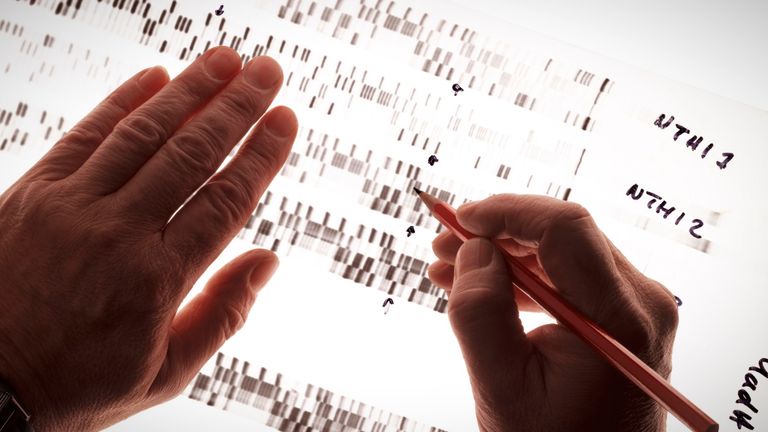
Source: Peter Dazeley/Getty Images
This piece of evidence suggests that the two groups interbred with each other for a while. If the remains of that farmer are anything to go by, then there could already be generations of these so-called “half-breeds.”
Agricultural Takeover
As time went by, the nomadic lifestyle of the hunter-gatherers eventually disappeared, giving way to the increasingly-popular agrarian lifestyle that was introduced to them by the secondary settlers. Thus, agriculture became a dominating force in Ireland.
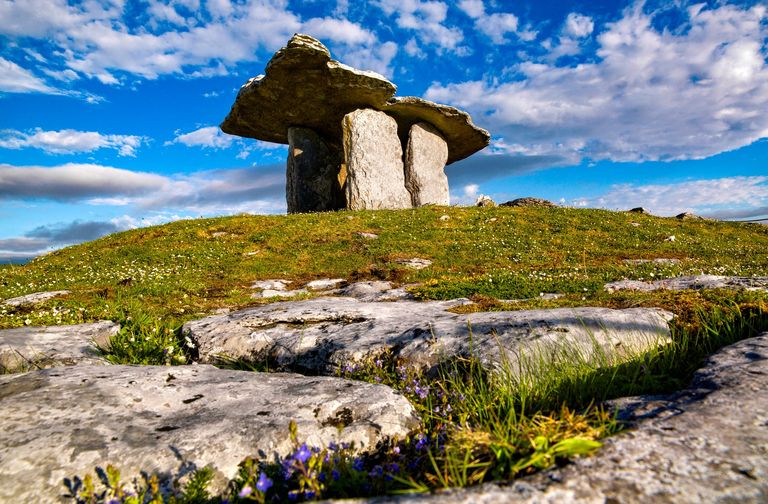
Source: Chris Hill/Getty Images
These same people also constructed the Neolithic megaliths that dot the Burren in the present day. However, unlike the earlier group, they chose to stay in place while erecting stone structures that would last a long time and sustain themselves with sedentary farming practices.
A Dramatic Transformation
This shift in Western Ireland’s neolithic society would also alter the landscape of the Burren permanently.
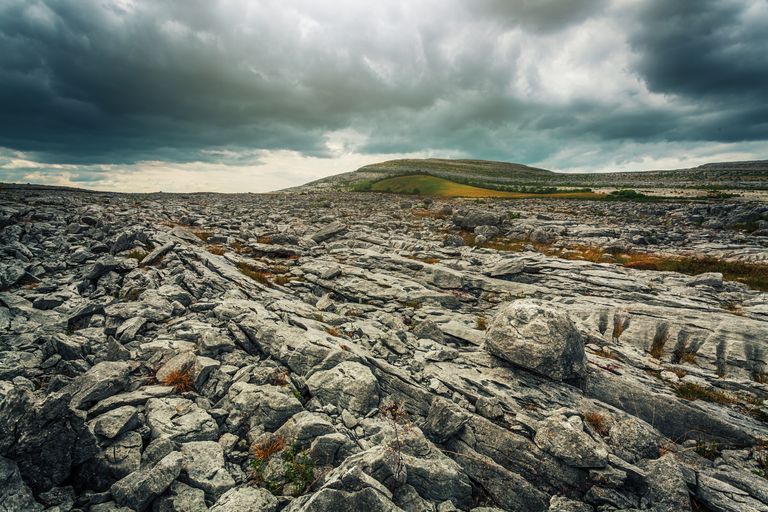
Source: mammuth/Getty Images
Carl Wright, an environmental biologist, spoke to The Irish Times, saying, “[Early farmers] overgrazed the Burren during the climatic downturn of 3,000 years ago — this led to an environmental disaster on a colossal scale, because over a very short space of time, we have massive soil erosion which pretty much left us with the landscape that we have at the end of the last Ice Age.”
Still in the Blood
Although the hunter-gatherer people faded away just as the Burren became a rocky landscape, their legacy continues not just in the form of remains but in their genes as well. After all, they did manage to interbreed with the agricultural newcomers for quite some time.
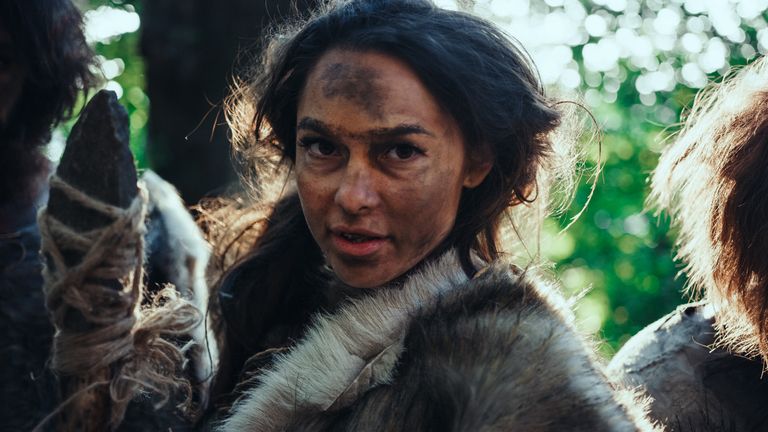
Source: gorodenkoff/Getty Images
In The Burren: Heart of Stone, geneticist Lara Cassidy also reveals that the genes of the second group of settlers still persist in the native population of Ireland in the present day. Notably, these same people also heralded the Bronze Age.
How They Did It
With how they managed to uncover the ancestry of that individual, it follows that many have wondered what methods scientists like Dr. Cassidy used to achieve those things. Perhaps other things about the early people can be unraveled using those same techniques.
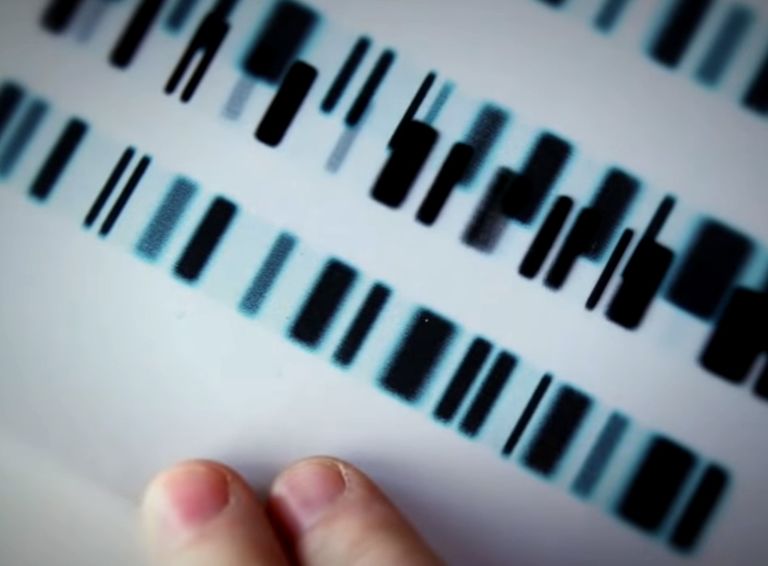
Source: ABC News/YouTube
The answer is that they used a technique called “genetic sequencing.” In a nutshell, genetic sequencing determines the exact sequence of nucleotides, or bases, in a DNA molecule using specialized laboratory equipment. This allows the likes of Dr. Cassidy to paint a complete picture of one’s ancestry.
Blue Eyes and Dark Skin
Using genetic sequencing on the remains of the early inhabitants, Dr. Cassidy and others uncovered surprising truths about them. For example, unlike the present-day natives of Ireland and the neolithic farmers who arrived, the hunter-gatherer people possessed dark skin and blue eyes.
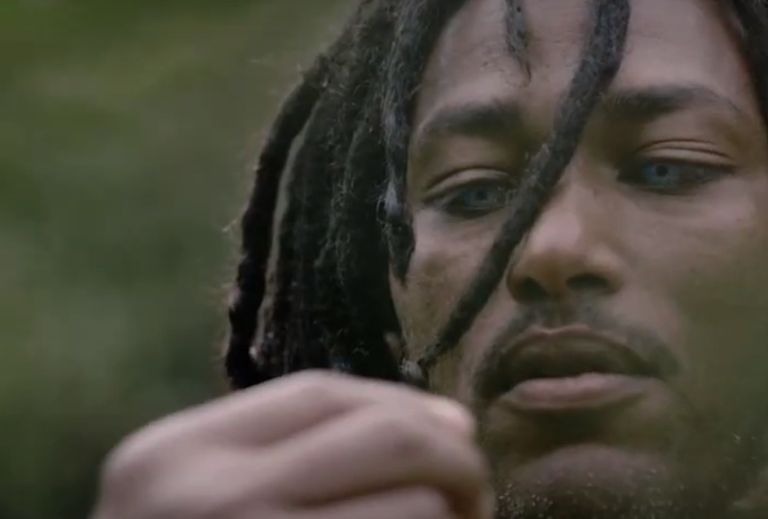
Source: Typically Ireland/YouTube
Aside from skin and eye color, they learned that the same group of people were taller compared to the secondary settlers. This somewhat matches other anthropological studies showing that the Neolithic agricultural people were much shorter than the hunter-gatherers of the earlier Stone Age.
Like Solving a Crime
As it turns out, the methods used by Dr. Cassidy to decipher the genetic code of early people are quite similar to those being used by forensic scientists to solve crimes today. Since both involve the use of DNA samples, it makes sense to make some sort of comparison.

Source: Anton Novoderezhkin/TASS via Getty Images
The documentary has revealed that the hunter-gatherers of the Burren did, in fact, have darker skin. Things only began to change when the early farmers began to settle in the Burren.
Similar Discoveries
This discovery was unexpected since no one would imagine that the early inhabitants of Ireland and the rest of the British Isles would have dark skin before the introduction of agriculture. It is a stark contrast to the paler-skinned population of present Ireland.
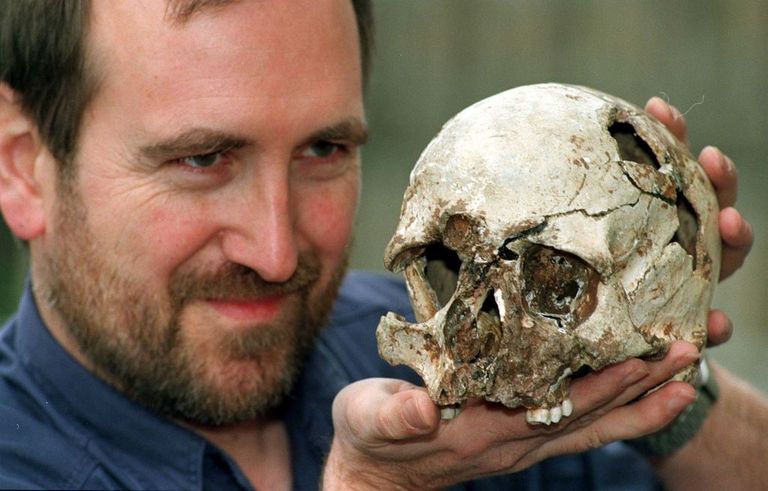
Source: Michael Stephens - PA Images/PA Images via Getty Images
However, there are other experts outside the ones featured in The Burren: Heart of Stone who have also drawn similar conclusions. One recent example is a set of human remains known as the “Cheddar Man,” which shares similarities with the farmer from the Burren.
The Cheddar Man
Cheddar Man is an individual whose fossilized remains were first discovered in 1903 in Southwestern England. Like the early inhabitants of the Burren, he was also a member of a hunter-gatherer community and is believed to have lived around 10,000 years ago.
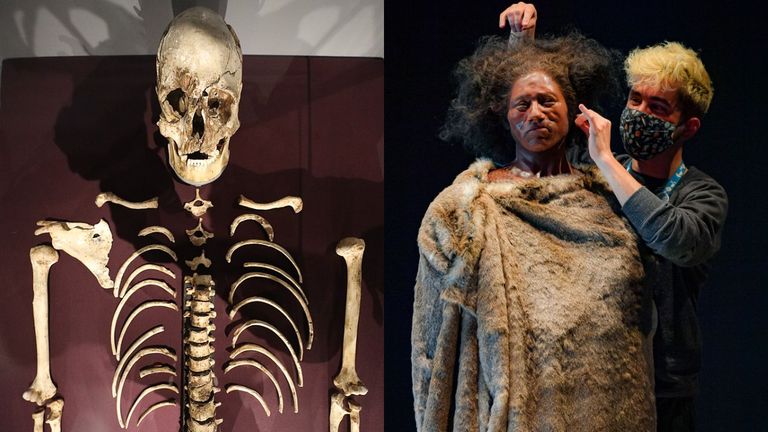
Source: Geni/Wikimedia Commons | CC BY-SA 4.0 | Ben Birchall/PA Images via Getty Images
Compared to modern Europeans, the Cheddar Man was relatively short, measuring around 5’5” tall. Still, he shares similar proportions to them and is just as well-adapted to the cold. To this day, the Cheddar Man remains one of the most complete ancient skeletons uncovered.
DNA Extraction
DNA from the Cheddar Man was extracted from parts of his skull in 2018 by a group of researchers from the Natural History Museum in London. By using the process of genetic mapping, it was revealed that the individual similarly had darker skin like the Burren hunter-gatherers, though his eyes were green, he had wavy or curly hair, and he was from the Mesolithic.
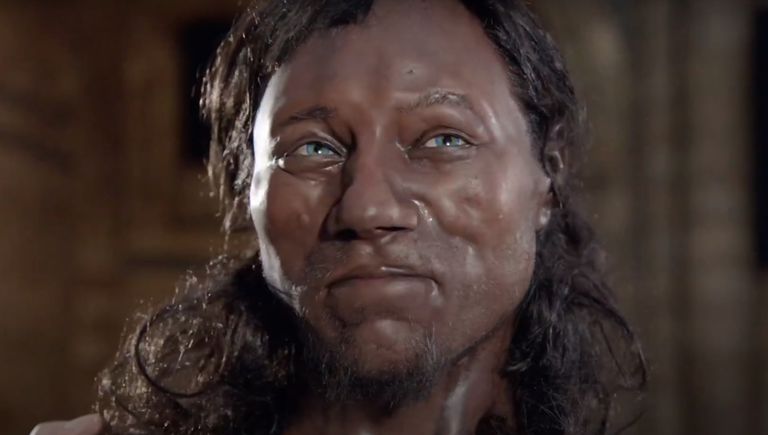
Source: Channel 4 Documentaries/YouTube
Given that Great Britain and Ireland are not that far from each other compared to other countries, the similarities between the two make a lot of sense.
Also Unexpected
This discovery in Great Britain was met with a similar level of shock to the one in the Burren. This is due to the fact that nearly all of recorded history in the British Isles was about the descendants of the light-skinned, dark-eyed secondary settlers who aren’t far off from the present-day inhabitants of Southwestern England in terms of appearance.
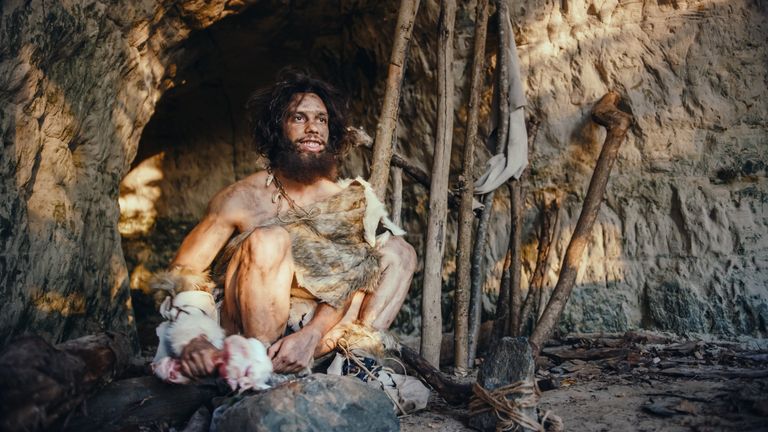
Source: gorodenkoff/Getty Images
These common misconceptions were reflected by the reconstruction of the Cheddar Man. Although some questions remain, these discoveries helped paint a better picture of our distant past.
An Enduring Lineage
Another reconstruction was made public in 2022, with much consideration from the latest DNA research. As it turns out, some of the Cheddar Man’s genes are still present today, which was proved by a discovery made in 1997.
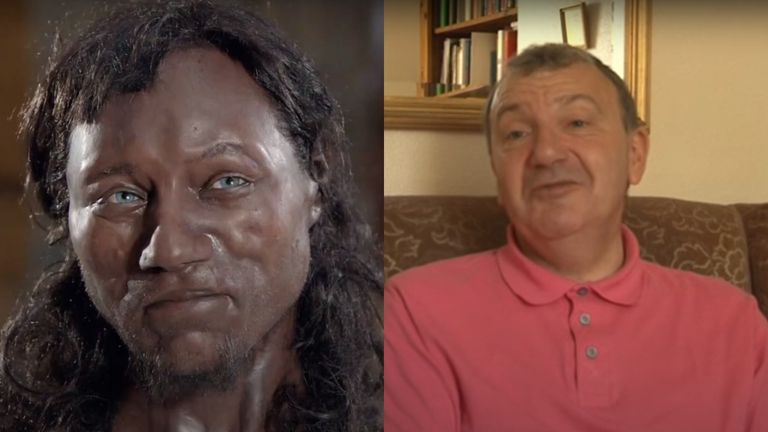
Source: Channel 4 Documentaries/YouTube|tiffanyjaneprod/YouTube
A direct descendant of this man was identified as Adrian Targett, a teacher who resides in Somerset–the same place where the Cheddar Man’s remains were found. When Targett first looked at the facial reconstruction, according to reports, he recognized some similarities between him and the Cheddar Man.
An Epic Journey
Some people have wondered what caused experts to believe that the early stone age inhabitants were light-skinned in appearance. They wondered why these recent discoveries made big waves in the scientific community.

Source: Orbon Alija/Getty Images
The answer is that skin tones have lightened as the early humans migrated from Africa and settled in shadier places such as the cloudy present-day UK. This also suggested that the hunter-gatherers migrated from Africa to the British Isles not too long ago since they retained their dark skin tone.
Adapting to New Environments
In warmer climates such as those in Africa, having a darker skin tone means greater protection from the sun’s ultraviolet rays, lessening the likelihood of getting skin cancer. On the other hand, having a lighter complexion becomes advantageous as you move north. This is because lighter skin means being able to maximize vitamin D production from sunlight exposure, which is much less in the northern regions.
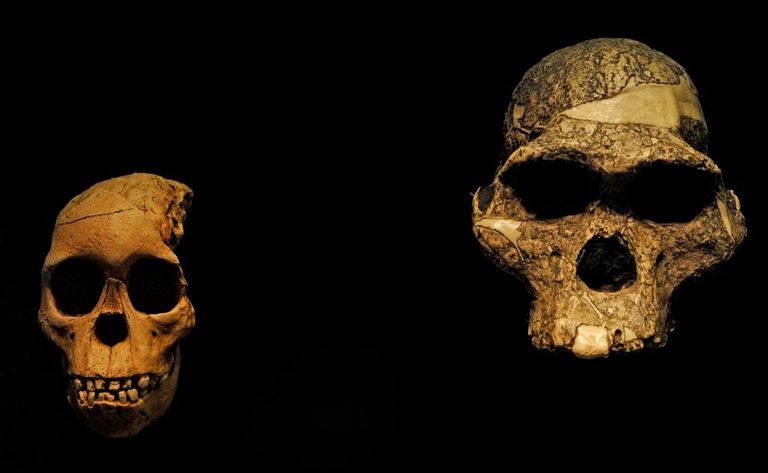
Source: early humans Universal History Archive/Universal Images Group via Getty Images
With all that is said, it makes a lot of sense that humans began evolving lighter skin when they left Africa around 40,000 years ago.
A Strong Connection
According to the team that was investigating the Cheddar Man, the shift in skin tone may have occurred later than expected–presumably around the time that the neolithic agricultural society expanded westward.

Source: Car Estelle/Andia/Universal Images Group via Getty Images
The discovery of the Cheddar Man ties well with the studies being conducted by Dr. Cassidy and the others in the Burren. Both discoveries happened around 400 miles apart, which isn’t that far on the global scale. In fact, the proximity may only strengthen the connections shared between the two.
Out of Left Field
While the discovery was generally met with shock, some were skeptical. However, scientists like postdoctoral researcher Tom Booth are able to explain the reasoning behind it.
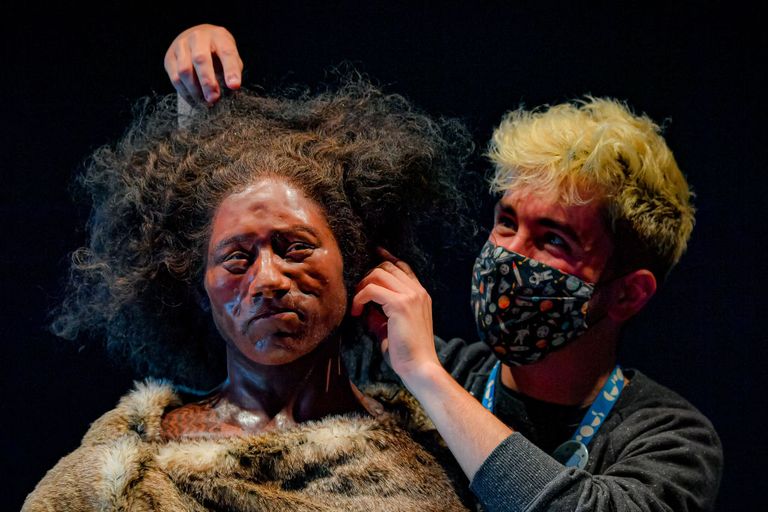
Source: Ben Birchall/PA Images via Getty Images
Back in 2018, Dr. Booth, who was working at London’s Natural History Museum, stated, “He is just one person, but also indicative of the population of Europe at the time.” “They had dark skin, and most of them had pale colored eyes, either blue or green, and dark brown hair. [He] subverts people’s expectations of what kinds of genetic traits go together,” he added.
In Agreement
Dr. Booth also stated that pale eyes were already in Europe long before the pale-skinned, wavy-haired Neolithic farmers arrived. “[Cheddar Man] reminds us that you can’t make assumptions about what people looked like in the past based on what people look like in the present,” he further added.

Source: Trinity College Dublin/YouTube
Dr. Dan Bradley, a professor at Trinity College Dublin specializing in population genetics, agreed with Dr. Booth’s statement. He also stated that there are also other data from Western European hunter-gatherers having the same dark skin and pale-colored eyes.
Central European and Spanish Roots
According to the website Ireland Calling, Dr. Bradley said, “The earliest Irish would have been the same as Cheddar man and would have had darker skin than we have today.” He added that central countries like Luxembourg, Hungary, and Spain served as the points of origin of the Irish hunter-gatherer communities.
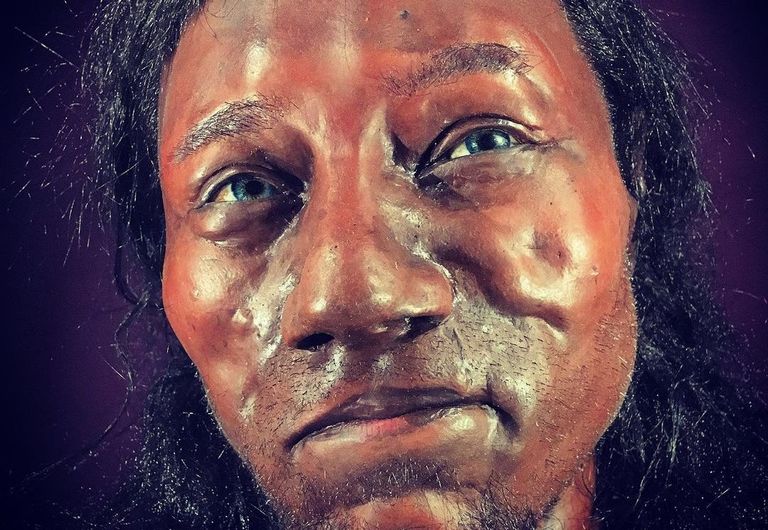
Source: Erni/Instagram
“We think [the Irish examples] would be similar. The current, very light skin we have in Ireland now is at the endpoint of thousands of years of surviving in a climate where there’s very little sun,” he further added.
Human Evolution in Action
Even though the shift in complexion happened later than expected, environmental factors were still the main cause behind it, according to experts.
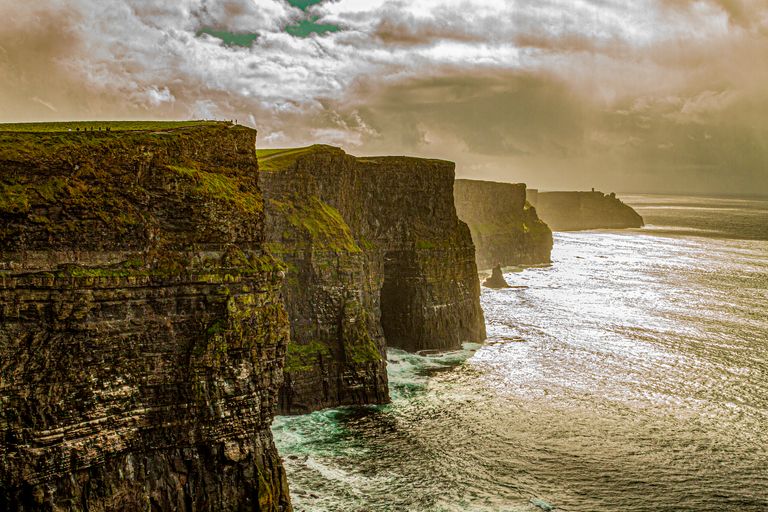
Source: LordCastle/Getty Images
Dr. Bradley explained, “It’s an adaptation to the need to synthesize vitamin D in skin,” adding, “It’s taken thousands of years for it to become like it is today.”
Their Legacy Endures
All the discoveries made in the Burren, alongside the Cheddar Man of Great Britain, culminate into painting a relatively clear picture of human evolution. While the hunter-gatherer people of the Early Stone Age Burren are long gone, traces of them still remain in the present day.

Source: janiecbros/Getty Images
Aside from leaving behind skeletal remains, their genes still flow through the current population–as is the case of Adrian Targett. In fact, about 1 in 10 of the native Irish people still possess the DNA of these pre-agricultural denizens of ancient Ireland.
An Expanding Audience
The Burren: Heart of Stone took 13 years to complete, and it involved a lot of painstaking research. Needless to say, people like director Katrina Costello and Dr. Cassidy are reveling in the fruits of their labor as their work becomes recognized all around the world.
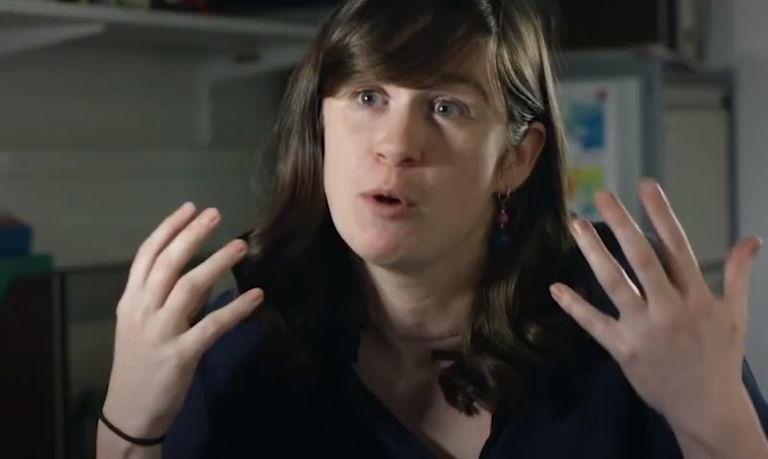
Source: Typically Ireland/YouTube
In March of 2022, the documentary premiered on American television, further growing their viewership and thrusting them into the spotlight. In the end, many more people will be able to look at human evolution from a fresh new perspective.
